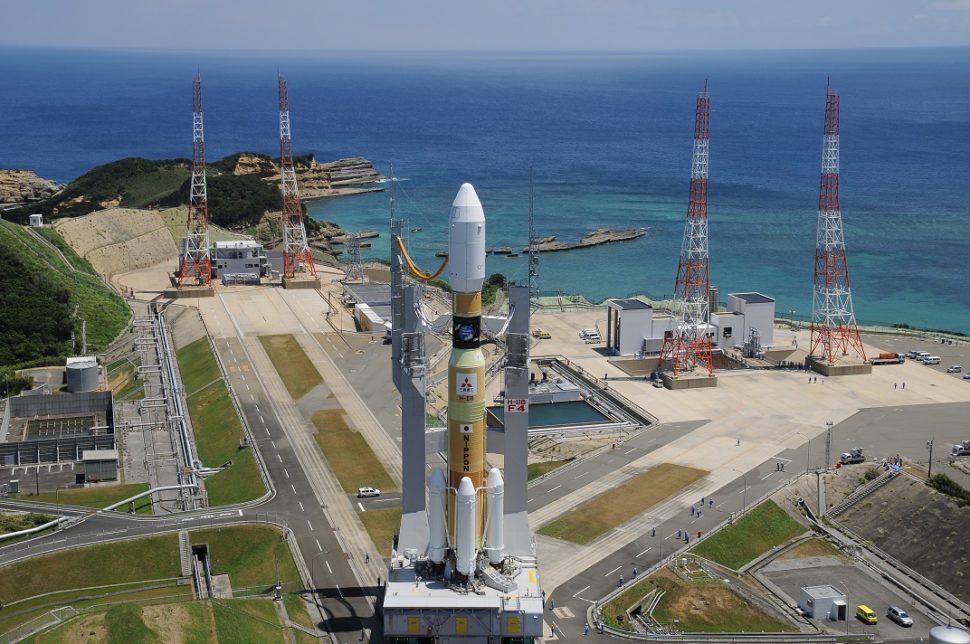JAXA, Japan Aerospace Exploration Agency, has taken it upon itself to rid the Earth of the millions of tons of space debris in orbit. Alas, the experimental demonstration failed and their space “garbage collector” couldn’t even make it past deployment.
#JAXA mission to clean up space debris has failed in its infancy.Click To TweetJAXA Space Cleaning Mission Turns Into a Fiasco
The cargo ship Kounotori 6, which JAXA had sent to the International Space Station for a supply operation, was carrying an aluminum and stainless steel tether 700 meters in length. Thanks to electromagnetism, the tether was supposed to make the garbage return to the Earth’s atmosphere where they would burn up.
At least, that was the plan. Yesterday, because of an unknown technical glitch, the tether didn’t get released, and the Kounotori Integrated Tether Experiments (KITE) ended in failure. Technicians had a one-week window to fix the problem, yet to no avail. Kounotori 6 had to return to Earth on Monday morning before the mission was completed.
JAXA has been followed by a string of bad luck, as the tether mishap is the third of its kind in a short period. Last year, the agency abandoned the satellite ASTRO-H, launched to search for X-rays emitted by black holes, after suddenly losing contact with it. Then, just weeks ago, it had to abort a mission to launch an experimental mini-rocket that should have put a satellite into orbit.
Millions of Tons of Space Junk Polluting Earth Orbit
Since Sputnik in 1957, thousands of satellites have been launched into Earth’s orbit.
In fact, so many satellites have been launched that, according to NASA 2013 estimates, more than 500,000 pieces of debris are floating around Earth. Estimates go as high as 100 million pieces of debris, taking into consideration the fact that these devices are regularly generating debris themselves. This occurs due to age and decay, or when two devices crash into each other.
Crashes have occurred before. In 2009, an unprecedented collision occurred between a satellite owned by the American company Iridium and a Russian out-of-service satellite. The Cosmos 2251, weighing 900 kg, and the Iridium 33, weighing about 560 kg, collided leaving behind a huge cloud of debris.
In orbit, debris can mangle satellites like the ISS. Moving at 17,500 mph, even the smallest piece can cause major damage and destroy a satellite or a spacecraft completely. Thanks to advances in space material durability, the debris has spread over a massive area.
JAXA was planning on carrying further experiments, but this failure casts a shadow over the future of the project. Meanwhile, the danger of space junk remains more relevant than ever, even compromising future space missions.



















“Past”, not “passed”.